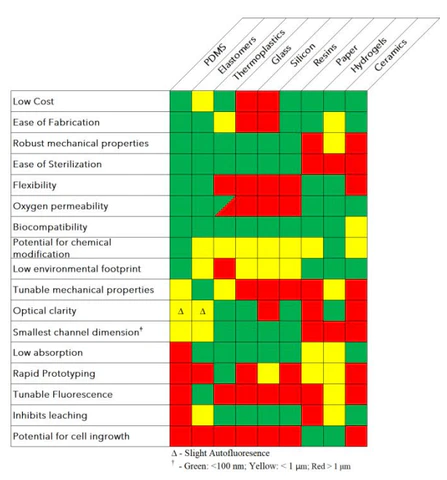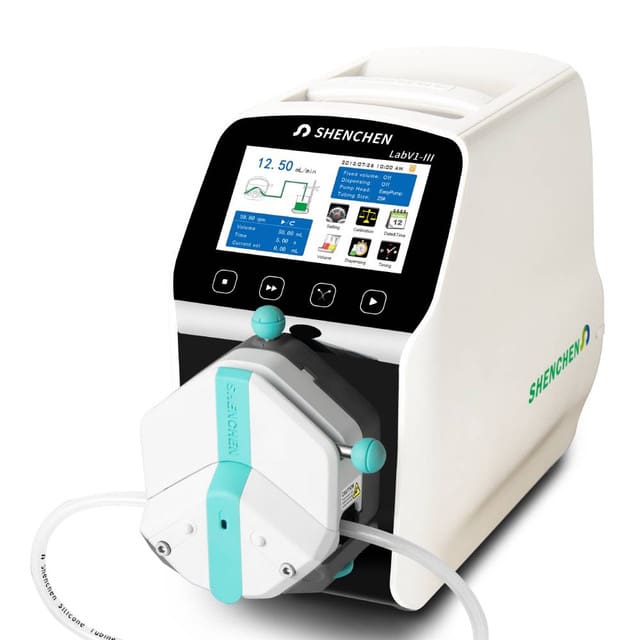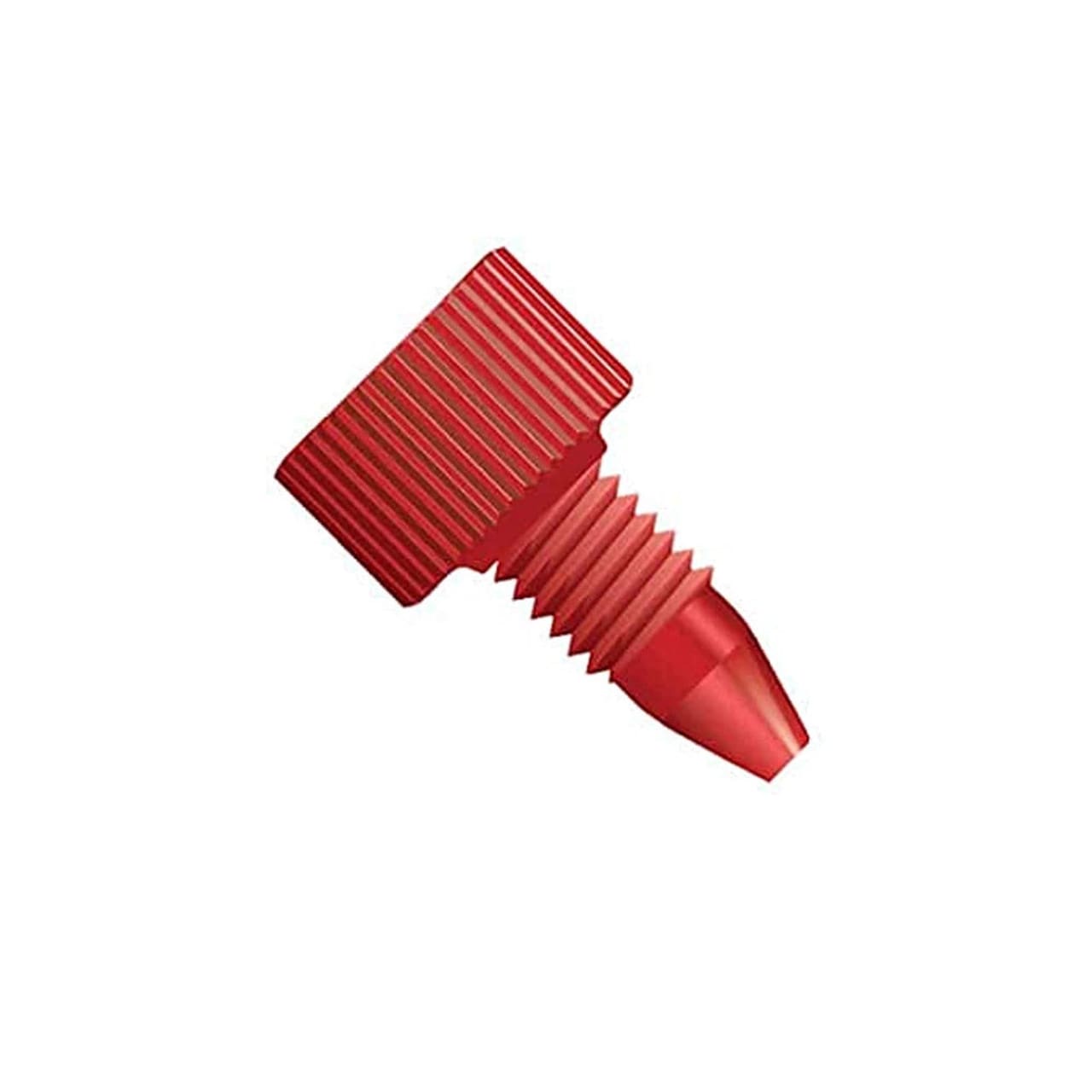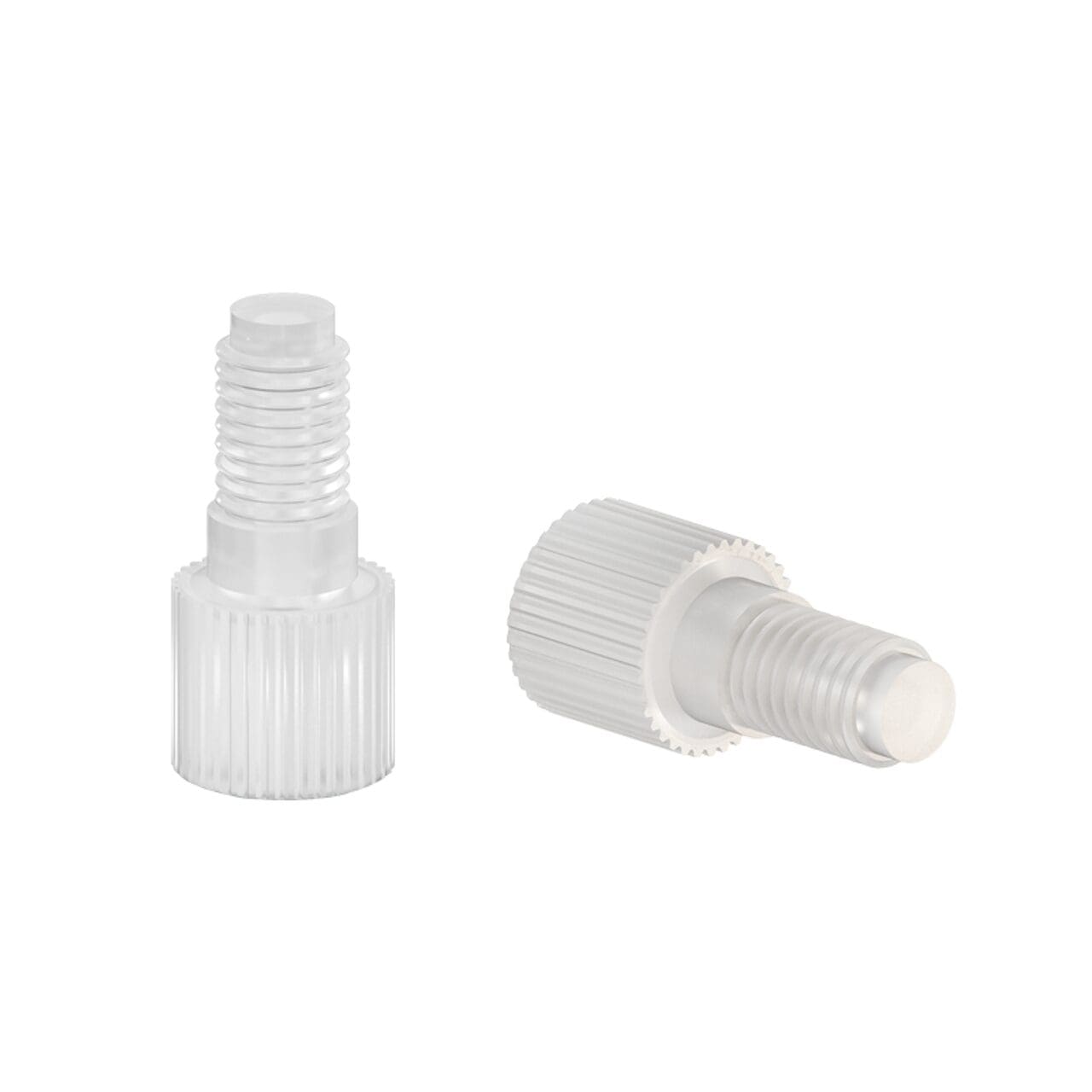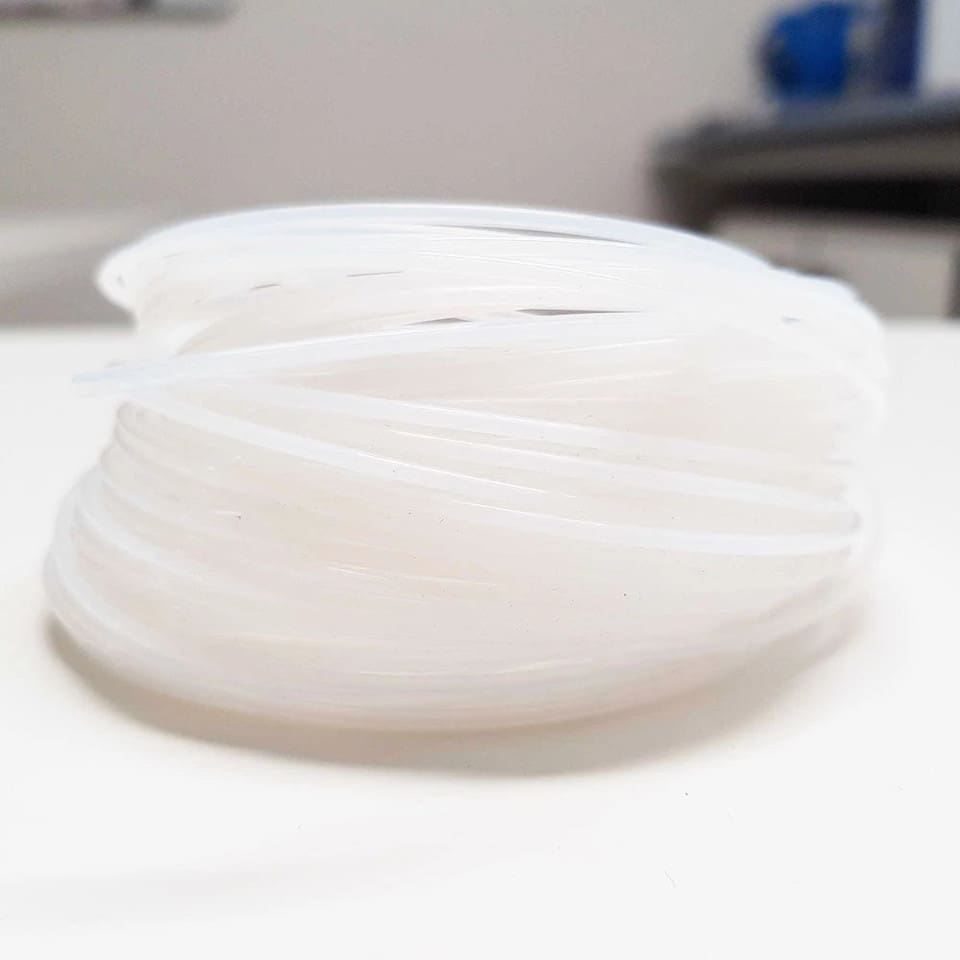Microfluidics made easy
Discover the latest developments and applications on our blog
An introduction to microfluidics 🧪

Different flow Controls in Microfluidics
Microfluidic flow control is an incredibly important component in the development and operation of any microfluidic device. It permits the accurate manipulation and delivery of small volumes of liquid, which enables a vast array of applications in drug research...
Most popular articles
Our selection of trending topics.
Microfluidics is
beautiful. awesome. the future. a revolution.
Join 2000+ enthusiasts and get the freshest content delivered to your inbox.
What's new?
Find the latest articles written by our team of engineers & PhDs.
Material and Chemical Compatibility Database
When working with microfluidic instruments and systems, understanding the chemical compatibility of materials is essential to ensure long-term reliability and performance. Materials used in microfluidic devices — including chips, tubing, connectors, valves, and reservoirs — can interact differently with various...
Delrin vs PEEK: How to Choose the Right Material?
In microfluidics, the choice of material for components like connectors, fittings, and precision parts can have a significant impact on performance, reliability, and device longevity. Two high-performance thermoplastics that are often considered for these applications are Delrin (a homopolymer acetal)...
PP (Polypropylene) vs Nylon: How to Choose the Right Material?
Two widely used thermoplastics in fluid handling and microfluidics are Polypropylene (PP) and Nylon. Both offer unique combinations of chemical resistance, mechanical strength, and versatility, making them staples across industries ranging from medical devices to automotive components and consumer goods....
PTFE vs PFA: How to Choose the Right Tubing?
Discover the key differences between PTFE and PFA tubing in our comprehensive guide. Learn how to choose the right material for your specific applications, considering factors like temperature resistance, chemical compatibility, and flexibility. Make informed decisions for your projects with...

